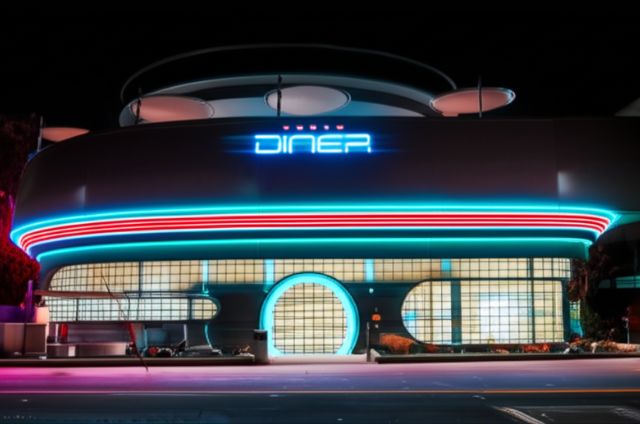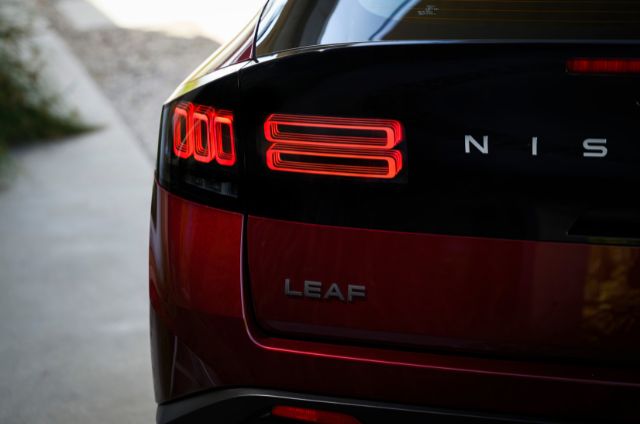Rivian, the electric vehicle startup known for its rugged R1T pickup trucks and R1S SUVs, has hit a significant roadblock. The company’s third-quarter sales for 2024 dropped sharply, signaling challenges that could impact its growth trajectory in the near future.
Q3 Sales Drop: A Sign of Trouble?
Rivian’s Q3 2024 delivery numbers were down to 10,018 units, a significant decline from both the previous quarter and the same period last year. In comparison, Q3 2023 saw 15,564 deliveries, while Q2 2024 reached 13,790 units. This sharp decrease signals a major slowdown, but Rivian has pointed to a supply chain disruption as the primary culprit rather than weak consumer demand.
Rivian Supply Chain
The key issue Rivian reported was a shortage of a shared component used in both its R1 and RCV platforms. This disruption became more severe during Q3 and has continued into the present. As a result, Rivian has adjusted its production guidance for the year, estimating between 47,000 and 49,000 vehicles, down from earlier projections.
Interestingly, despite the supply chain challenges, Rivian produced more units than it delivered in Q3—13,157 versus 10,018, respectively. This discrepancy raises the question: Is it simply logistical delays, or could Rivian also be struggling with lower-than-expected demand for its high-priced EVs?
Some industry insiders wonder whether Rivian’s upcoming R2 and R3 models could be contributing to the slowdown in R1T and R1S sales. With the R1T starting at $70,000 and the R1S at $76,000, many potential buyers may be holding off for more affordable options. The announcement of the R2 and R3, which will have lower prices, may have created an “Osborne effect,” where customers are delaying purchases in anticipation of newer, more budget-friendly vehicles.
Rivian has not provided a clear timeline for when they will resolve the supply chain issue. However, the company reaffirmed its full-year delivery outlook, projecting low single-digit growth compared to 2023, with a target of delivering between 50,500 and 52,000 vehicles.
Rivian’s Future Hinges on the R2 and R3
While the R1T and R1S remain popular with EV enthusiasts, Rivian’s long-term success may depend on the release of the more affordable R2 and R3 models. Much like Tesla’s reliance on the lower-cost Model 3 and Model Y to drive volume, Rivian will need to ramp up production and sales of its R2 and R3 to capture a broader market.
For now, Rivian’s growth is stalled by supply chain bottlenecks, but the company remains hopeful for a rebound in 2025.



